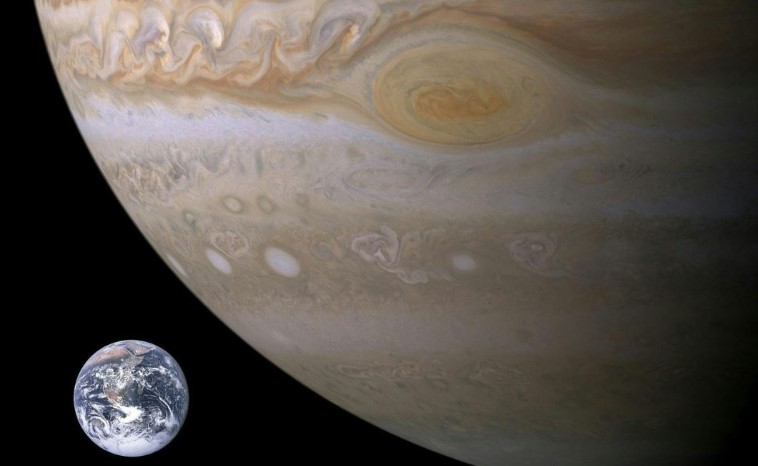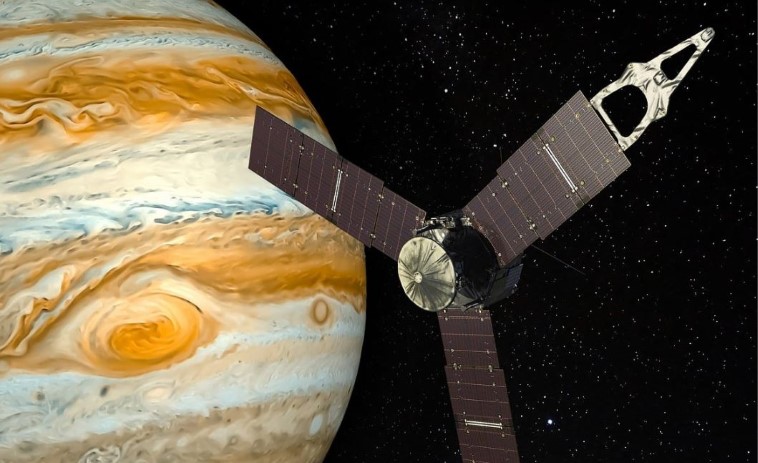New data emerges: Is Jupiter’s Red Spot the same it was in 1665?

These days, ideas and evidence change like the seasons. Nothing is sacred, including astronomy facts! So, even the firmest positions are easily abandoned as soon as arguments that challenge them appear.
That seems to be happening now with Jupiter’s Great Red Spot.
Although it has been believed for several centuries that this spot is the same storm that Cassini observed back in 1665 and that it has been blowing continuously for 3.5 centuries, it turns out now that it is still much younger. In fact, it seems that it was formed only about 190 years ago.
Of course, no one doubts that Cassini saw something on Jupiter, only it wasn’t this spot that today, even with a small telescope, can be seen on the surface of this great planet.
However, even though it is much younger than until recently thought, this spot is still the largest and longest-lived vortex in the solar system – as far as we know.
Cyclonic storms on Jupiter can last for years, and much longer than that because Jupiter is a gaseous planet and therefore has no solid surface to slow down the storms.
To add, the Great Red Spot on Jupiter is a massive storm about 16,350 kilometers wide (Earth’s diameter is 12,730 km). Winds in the red spot rush at a speed of 450 kilometers per hour.

Cassini observed the spot on Jupiter until 1713 when he seems to have lost track of it. And not only he, but also other astronomers do not mention it after that year. But after a century, in 1831 at the same latitude the spot was noticed again.
Because of the same position, astronomers believed that it was the same storm recorded by Cassini. But in fact, there was always a doubt whether it was the same phenomenon, and that’s why astronomers recently decided to pay more attention to this problem – with the tools and inventions they have at their disposal nowadays.
They collected a wealth of data, analyzed historical drawings and images that show the structure, location and size of the storm over time.

Numerical models were then made and finally the conclusion was reached that this present-day spot located on Jupiter is most likely not the same storm observed by Cassini!
It is clear that these results will be the subject of further research and verification. What has been unequivocally established, however, is that Jupiter’s spot is shrinking.
Previously, in 1879, it was about 39,000 kilometers in diameter, and since then it has been rounding and shrinking, and occasionally changing color. It will certainly continue to be the subject of close study.
If you wish to learn more about this enigma, try checking out a recent YouTube video uploaded by Space Matters.
Want to read more about the universe? Visit our blog!

